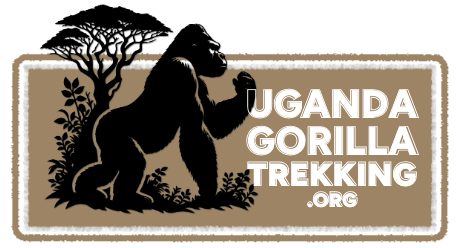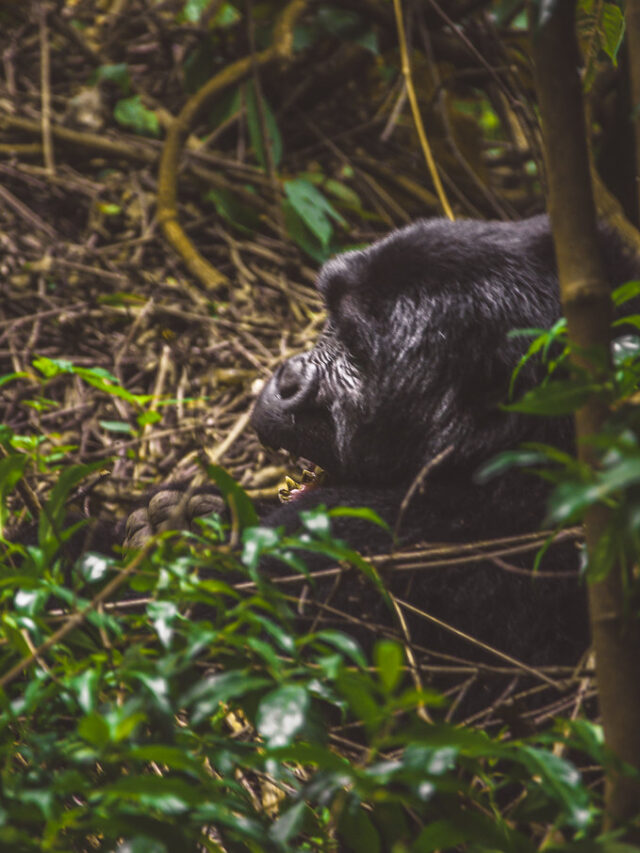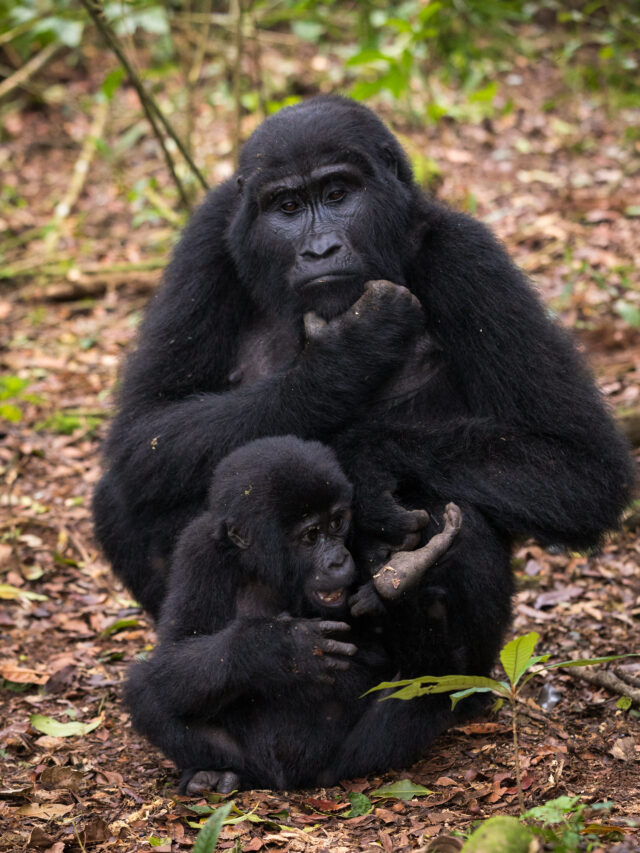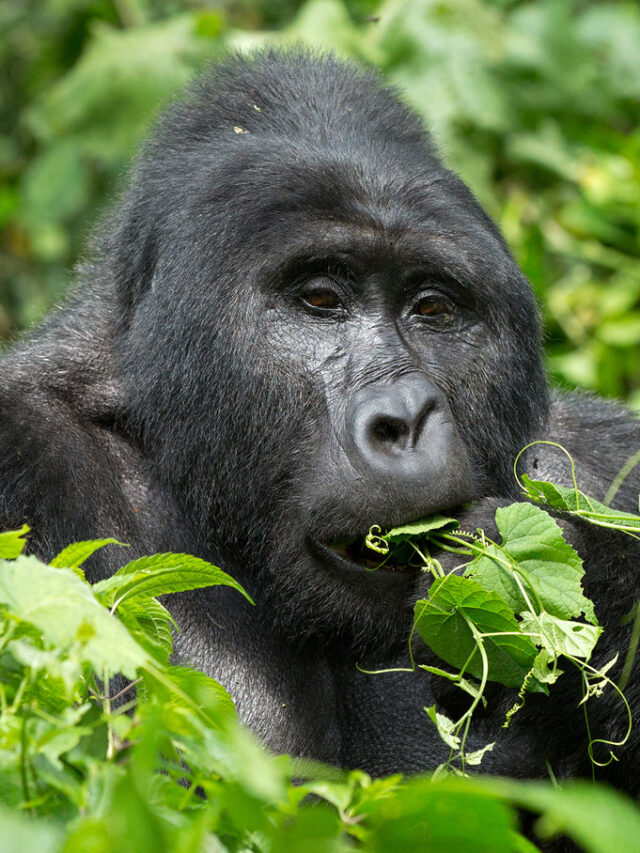Blackback Gorilla Weight: The Growing Strength Beneath the Forest Canopy
Unmasking the Raw Power and Physical Evolution of Uganda’s Adolescent Male Gorillas
In the untouched depths of Uganda’s montane forests, among twisted vines and ancient trees, you might spot a gorilla who seems both imposing and restrained—broad-shouldered but not yet silver, muscular yet humble. This is the blackback gorilla: a young adult male in the critical phase between youth and dominance. Often mistaken for a smaller silverback or a large juvenile, the blackback holds a fascinating space within gorilla society. And one of the most telling indicators of his growth and potential is his weight—a metric that offers insight into his physical strength, maturity, and looming transition into full adulthood.
How Much Does a Blackback Gorilla Weigh?
Blackback Gorilla Weight — A blackback gorilla typically weighs between 150 to 220 kilograms (330 to 485 pounds). This range depends on his age, genetics, diet, and social environment. While blackbacks are not yet at their peak physical size, they already possess a substantial amount of muscle mass and body density. Even on the lower end of the scale, their strength is formidable—far surpassing that of most human athletes.
It’s important to recognize that gorilla weight isn’t just about bulk. Their bodies are engineered for power. Every kilogram is a functional asset in their daily lives, aiding in climbing, protecting their troop, navigating dense undergrowth, and asserting physical presence during social displays. At this stage, a blackback may not have the massive size or silvery hair patch that defines a mature silverback, but he is no less impressive in terms of structure.
Where Does That Weight Come From?
What makes a blackback gorilla’s weight particularly fascinating is how it’s distributed. By the time a gorilla reaches blackback status—usually between 8 and 12 years old—his frame begins to shift dramatically. His shoulders widen, his torso expands, and his limbs lengthen and thicken. His arms, in particular, carry most of his strength, as gorillas are built for knuckle-walking, climbing, and sudden bursts of upper-body movement. Their chests become barrel-like, supporting a core that is dense with muscle rather than fat.
Unlike humans, gorillas don’t accumulate excess body fat unless under abnormal conditions. Their bodies are lean but massive—each part evolved for survival in forested terrain. A blackback’s diet, rich in fibrous vegetation, fruits, and sometimes tree bark, supports a slow but steady growth in weight. And because they’re constantly moving through thick jungle, climbing trees, and foraging, their muscles are always in use. It’s a functional, natural form of strength that develops without conscious training—but rivals, and often exceeds, what humans can achieve even with advanced fitness regimens.
Comparison With Silverbacks and Juveniles
To truly appreciate a blackback’s weight, we need to place him within the gorilla life cycle. A juvenile male gorilla, around 5 to 7 years old, might weigh between 70 to 120 kilograms (154 to 265 pounds)—strong, yes, but still light compared to what comes next. Once a gorilla becomes a blackback, his weight begins to surge, especially around the age of 10, as testosterone levels increase and bone mass expands.
A full-grown silverback, typically aged 13 and above, can weigh between 180 to 220 kilograms (400 to 485 pounds) or even more in rare cases, especially in well-fed, protected troops. Blackbacks, therefore, straddle the line between the lighter, more agile youths and the heavy, commanding alpha males. Their weight is both a preview and a promise—a transitional strength that hints at the dominance to come.
Weight in Behavior: What It Means in the Wild
Weight in the wild isn’t just a physical characteristic—it has social consequences. A heavier blackback carries more authority, even without the silver hair or full leadership role. In gorilla families, blackbacks often serve as guardians, flank protectors, or escorts for females and young. Their growing mass makes them intimidating to intruders and useful to the silverback, who may rely on them to help maintain order and security.
This weight also translates into how they move and display. Blackbacks may perform chest beats, mock charges, or exaggerated walks—acts that signal strength and status without crossing the line into direct challenge. Their physical development becomes a communication tool, subtly shifting their role within the troop hierarchy.
And for some blackbacks, the increase in weight is part of a deeper preparation. Around the age of 12, if conditions are right, a blackback may begin to split from the group, seeking to form his own troop. In this case, his weight and strength must be enough to attract females, fend off rivals, and defend a new territory. His survival, and his legacy, will depend on how his body has matured during these formative years.











